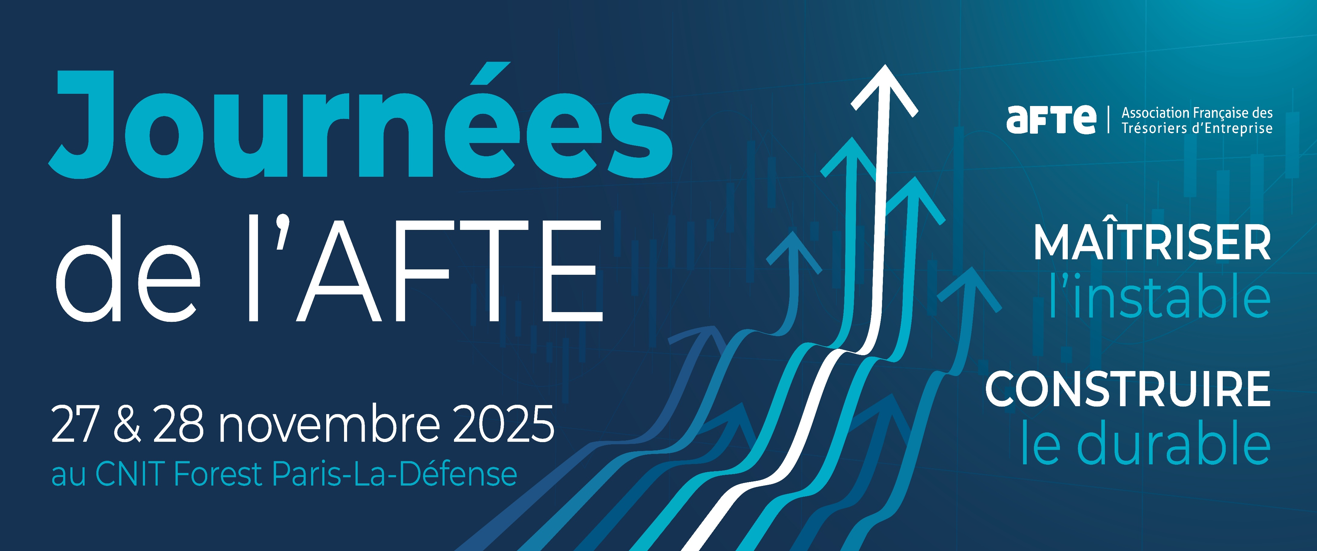
Banking communication
Platform for secure payment management and automatic retrieval of account statements
Cash management
Cash management platform allowing clear and precise visualization of your daily operations

Cash flow forecasts
Management of cash flow forecasts

Bank charges
Collection of invoices, comparison with bank contracts, display of discrepancies

Anti-fraud
Solution for securing your third-party repository with hot or cold controls
.svg)
Accounting Entries Generator
Automatic generation of accounting entries
.svg)
Banking powers
Management of banking powers, in paper and electronic format
.svg)
Compliance
Compliance with international sanctions lists and rules related to your internal policy

Netting
Netting position tracking solution
.svg)
Accounting reconciliation
Automatic accounting reconciliation solution
.svg)
Mandatory
Mandate management solution

Risk Management
Risk management for interest rates, foreign exchange, securities and commodities

Heading

Payments
Secure payment management platform
Cash management
Cash management platform allowing clear and precise visualization of your daily operations and cash flow forecasts

Automating
Intuitive rules engine for easy creation of interfaces, rapid connection of heterogeneous applications and automation of low-value actions

Bank charges
Collection of invoices, comparison with bank contracts, display of discrepancies

Anti-Fraud
Solution for securing your third-party repository with hot checks (during payment campaigns) or cold checks (analysis of third-party databases)

Business Intelligence
Business Intelligence solution which includes the collection, analysis and restitution of data using configurable, interactive and customizable reports

Exchange Hub
Flow management and process orchestration tool, management of inter-application data exchanges

Payments
Platform for secure payment management and automatic retrieval of account statements
Cash management
Cash management platform allowing clear and precise visualization of your daily operations and cash flow forecasts

Automating
Intuitive rules engine for easy creation of interfaces, rapid connection of heterogeneous applications and automation of low-value actions

Bank charges
Collection of invoices, comparison with bank contracts, display of discrepancies

Anti-Fraud
Solution for securing your third-party repository with hot checks (during payment campaigns) or cold checks (analysis of third-party databases)

Journal entry
Automatic generation of accounting entries

Exchange Hub
Flow management and process orchestration tool, management of inter-application data exchanges

Compliance
Compliance with international sanctions lists and rules related to your internal policy

Heading

Payments
Secure payment management platform
Cash management
Cash management platform allowing clear and precise visualization of your daily operations and cash flow forecasts

Automating
Intuitive rules engine for easy creation of interfaces, rapid connection of heterogeneous applications and automation of low-value actions

Bank charges
Collection of invoices, comparison with bank contracts, display of discrepancies

Anti-Fraud
Solution for securing your third-party repository with hot checks (during payment campaigns) or cold checks (analysis of third-party databases)

Business Intelligence
Business Intelligence solution which includes the collection, analysis and restitution of data using configurable, interactive and customizable reports

Exchange Hub
Flow management and process orchestration tool, management of inter-application data exchanges








